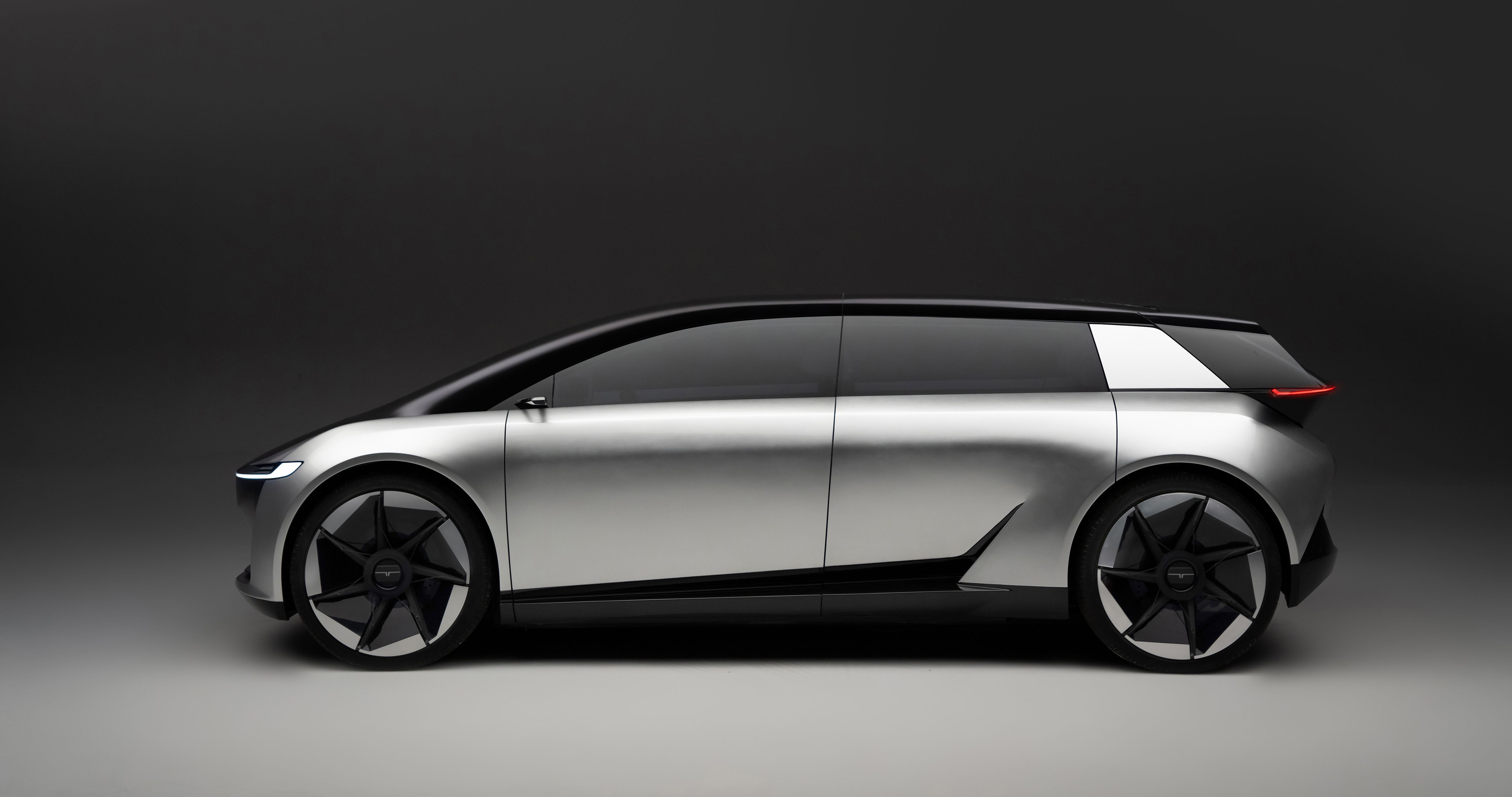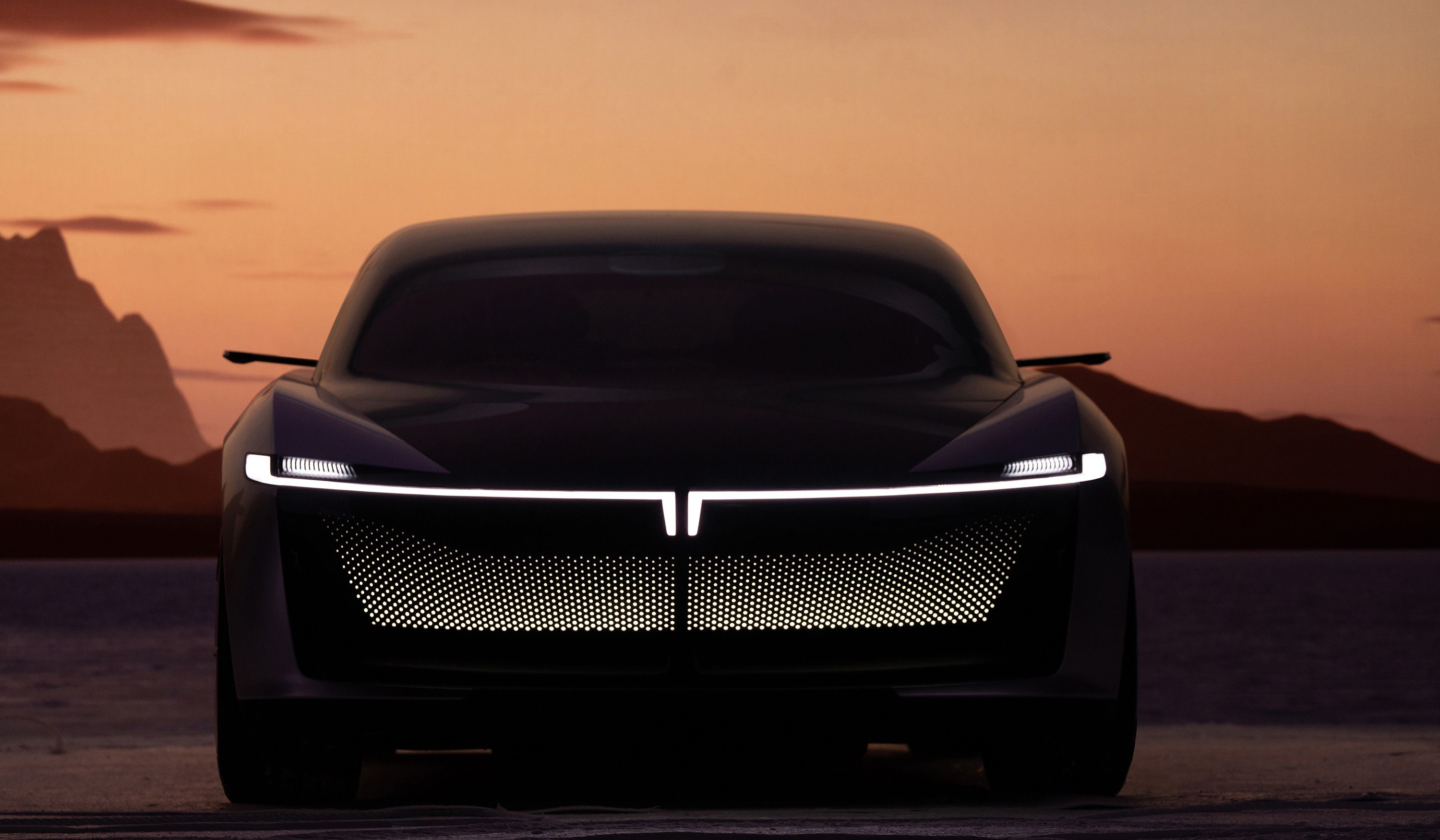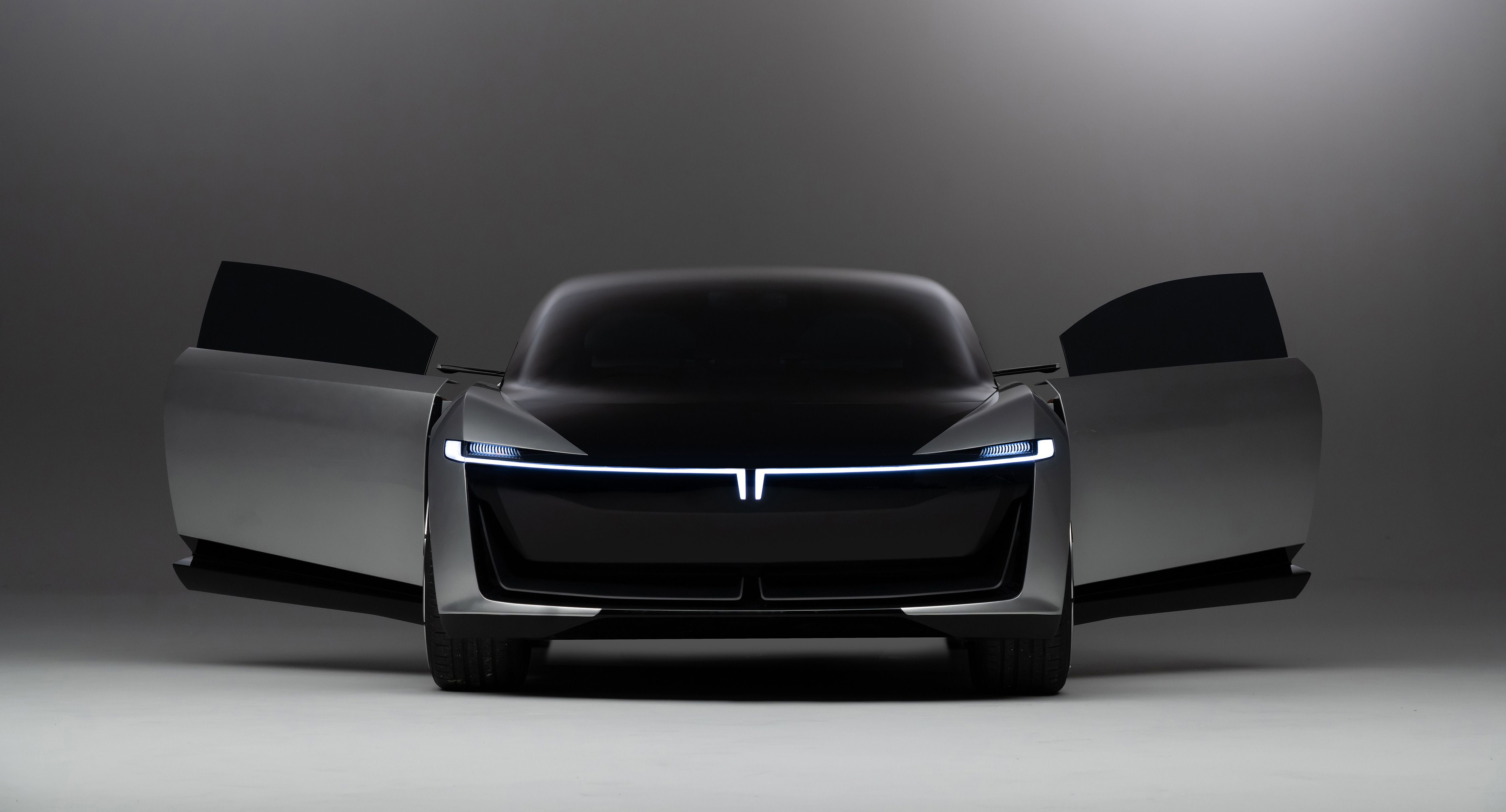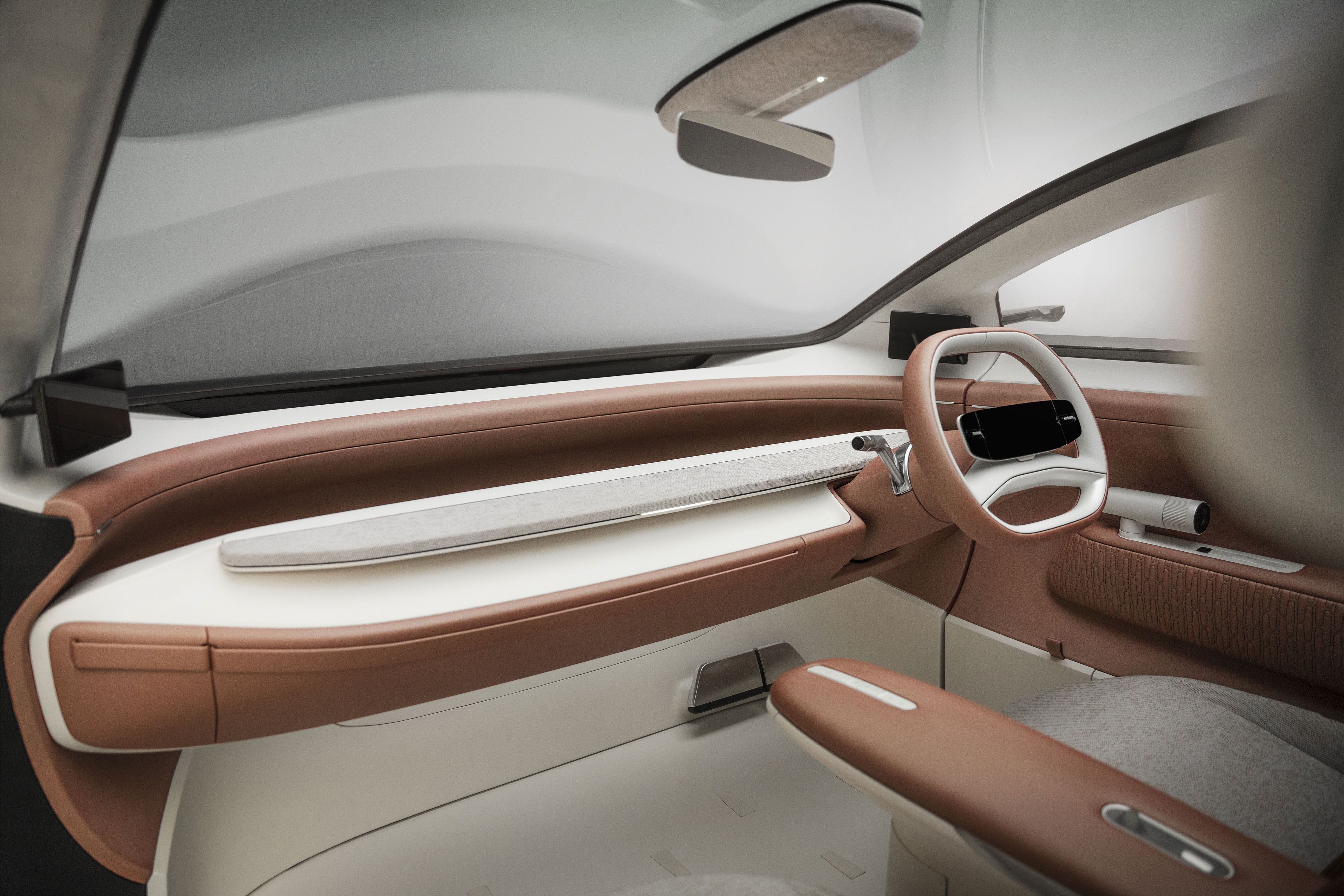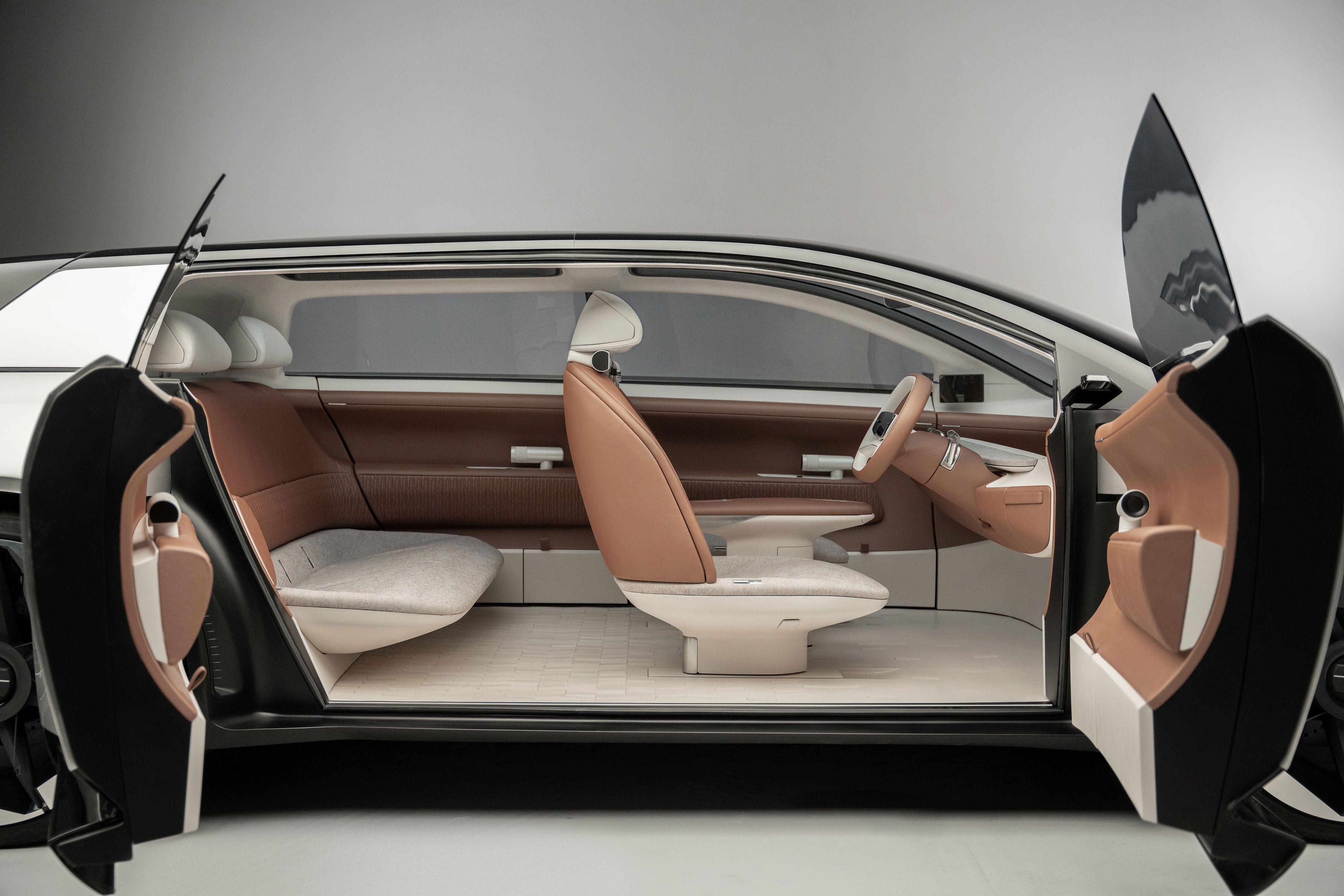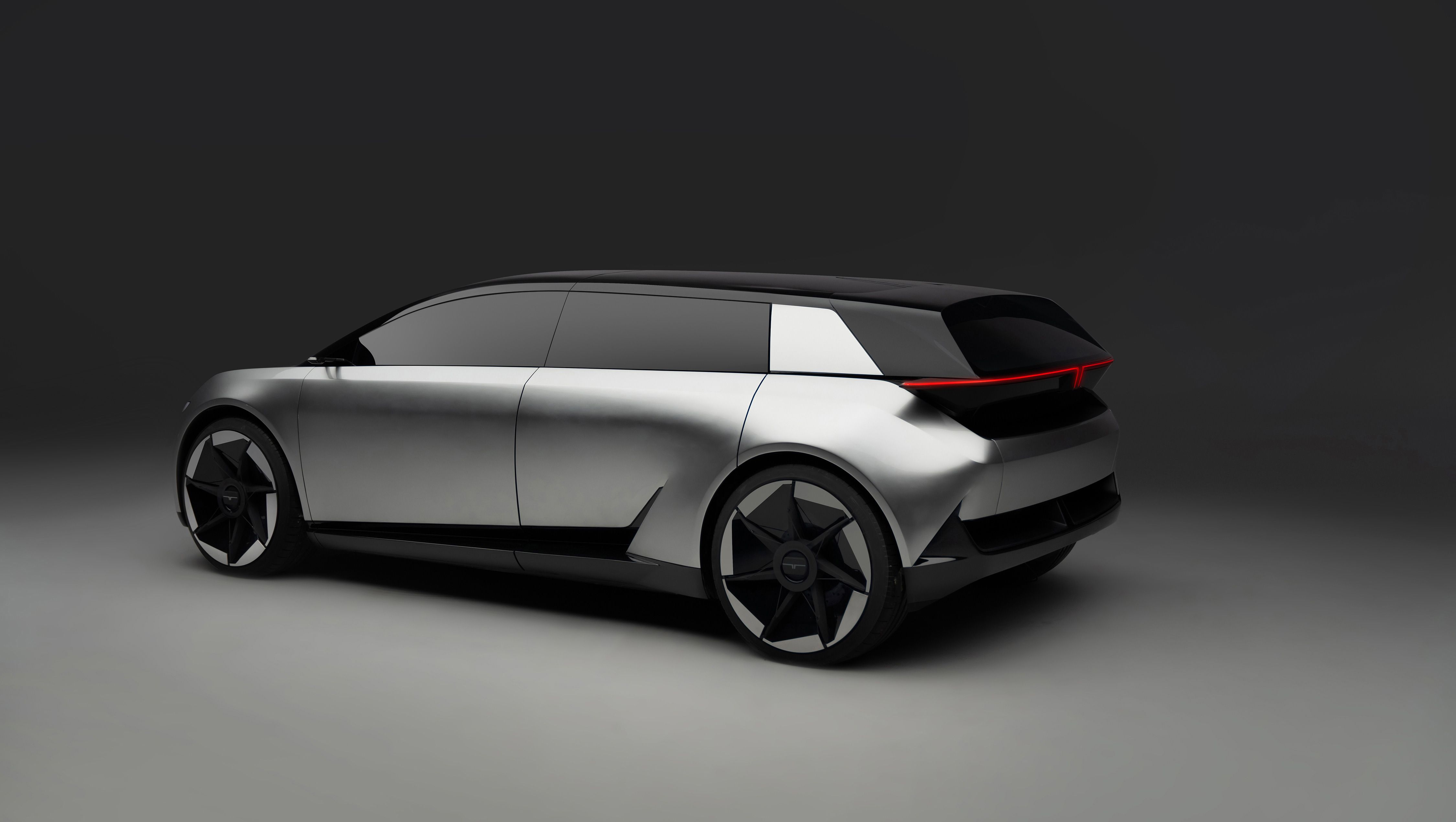Tata Sons, the Indian conglomerate that also runs Tata Motors, the parent company of Jaguar Land Rover, took the wraps off a suave new EV concept called the 'AVINYA'. The name is derived from the mother of all Indian languages, Sanskrit, and AVINYA means Innovation. Unveiled in Mumbai, India, this new concept showcases the next generation of EVs that'll take Tata global.
Overview
Tata Motors has been on a roll in the domestic Indian market. The automaker is well on its way towards electrification, which Tata says will happen through three generations. According to Reuters, Models like the immensely successful Nexon and Tigor EVs represent Gen-1 architecture and they currently make up 90-percent of the domestic EV market.
The Indian EV market itself accounts for just one-percent of the three million vehicles sold annually. The Gen-2 architecture will comprise models based on the CURVV concept, showcased just a few weeks ago. While the first two generations of Tata EVs were in some way connected to ICE, the third-gen architecture, as seen here on the AVINYA concept, will be built around a dedicated EV-specific skateboard platform from the ground up.
Exterior
As the gen-3 architecture has nothing to do with conventional combustion engines, the design of the AVINYA too does not have to conform to the regular notion of what defines a traditional automobile. Inspired by the shapes of a catamaran, Tata says that this concept captures the essence of three body styles, i.e. a hatchback, an SUV, and an MPV and I totally agree with them. The wheelbase is long, and the front and rear overhangs are short, all in a bid to maximize interior room.
The face and the derriere consist of a pair of LED light strips that come together in the center to form the characteristic T, representative of the Tata brand. The low-slung stance and the giant wheels help with the stance of the AVINYA. The overall aesthetic is clean and über minimalist. This concept car is right up there with stuff like the Audi Urban Sphere, and the BMW Urbanaut.
Interior
The minimalist theme continues onto the inside as well. You'll be nothing but relaxed from the moment you step foot in through the suicide-style pillarless doors, similar to those you'd find on a Rolls-Royce. Once inside, you'll be surprised by the amount of space on offer.
With the windscreen extending to seamlessly become the glass roof dubbed the 'Skydome', a lot of natural light floods the cabin making it seem roomier than it is. With seating for five, getting in is a breeze thanks to the flat floor and those front bucket seats that swivel out. The ambiance is further exemplified with an onboard aroma diffuser tucked away in the center armrest.
Unlike most concepts and mainstream EVs these days donning ever-bigger screens, the designers of the AVINYA has opted out, in a bid to de-clutter the dash. The rationale here is that they really want this vehicle to be a space where you can unwind, rather than being inundated with all the displays.
Having said that, you do have a screen in the center of the two-spoke steering wheel and two more TFT displays sitting on the pillars, that offer rearward visibility from the cameras, mounted in place of traditional mirrors, just like we've seen on the original Audi e-Tron and the recently launched Lotus Eletre.
Performance
Now it comes as no surprise that with such a futuristic form, Tata will be giving the AVINYA. Expect everything in terms of next-gen connectivity and driver assistance systems. I'm not ruling out the possibility of autonomous driving either.
While the exact details about the powertrain haven't been announced yet, Tata says that the AVINYA will have a claimed range of 500 km or 310 miles on a single charge. Speaking of charge, the water and dust resistant battery used on the future EV will support super-fast charging and you should replenish that claimed 310-mile range in just 30 minutes.
Conclusion
In a bid to take Tata Motors global, the automaker will also reveal plans to manufacture cells and semiconductors locally. This will most certainly help to reduce production time as well as costs, similar to the arrangement that Tesla has with Panasonic to produce cells, at their Giga Nevada facility.
With plans to launch 10 new all-electric models by the end of the decade, i.e 2030, Tata will quadruple EV production from its 19,000 units last year, all in a bid to capture a bigger market share within the next financial year. Tata will spend close to $2 billion to expedite its EV goals. With the AVAYA concept, Tata Motors has now embarked on this monumental task of producing sustainable transport for future generations. A production model based on the AVINYA should hit the road by 2025.

